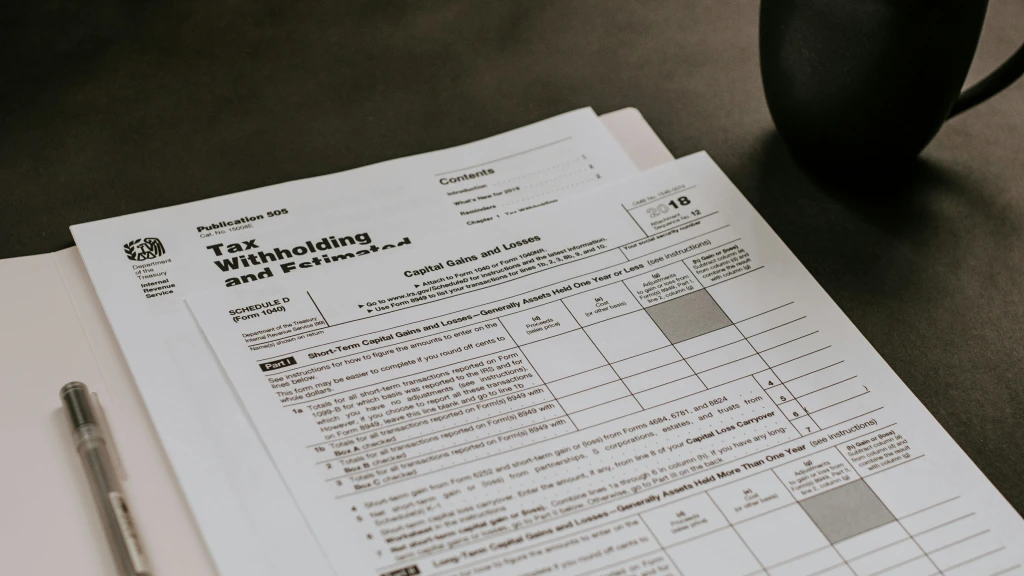Taxation for Small Business Owners in Canada: What You Need to Know to Avoid Surprises
Visits: 649

Starting your own business in Canada sounds exciting, but understanding the taxation system can be daunting. Let's break it down in simple terms, focusing on what small business owners, especially those working as sole proprietors, need to know about Canadian taxes.
GST and PST: The Alphabet Soup of Canadian Taxes
GST (Goods and Services Tax) is a federal tax that applies to most goods and services in Canada. The current rate is 5%. If your business earns over $30,000 a year, you must register for GST. When you charge GST, you need to track it separately from your sales and remit it to the Canada Revenue Agency (CRA).
PST (Provincial Sales Tax) varies by province. For example, in Manitoba, the PST rate is 7%. Some provinces, like Alberta, don't have PST, while others have combined GST and PST into a single Harmonized Sales Tax (HST).
- Manitoba: 7% PST
- Ontario: 13% HST (8% PST + 5% GST)
- British Columbia: 7% PST + 5% GST
Why Do You See These Taxes on Your Invoice?
When you provide goods or services, the invoice will show GST and PST separately. This transparency helps customers understand how much they are paying in taxes. It also helps you keep track of how much tax you’ve collected and need to remit to the government.
Business Expenses: What Can You Deduct?
Running a small business means you can deduct certain expenses from your income to reduce your taxable income. Some common deductions include:
- Home Office: If you work from home, you can deduct a portion of your rent or mortgage, utilities, and internet bills.
- Supplies: Any materials or supplies you need to run your business.
- Professional Fees: Costs for legal or accounting services.
- Travel and Meals: Business-related travel expenses and meals (usually 50% deductible).
Your Income: The Good and the Bad
Your income is all the money you earn from your business activities. This includes money from sales, fees for services, and any other business income. It's crucial to keep good records of all your income and expenses.
Filing Taxes: Don’t Get Caught Unprepared
As a sole proprietor, you’ll need to file your taxes using the T2125 form (Statement of Business or Professional Activities) along with your personal tax return. This form details your business income and expenses.
What If You Can’t Pay Your Taxes?
If you find yourself in a situation where your business expenses are high and you can't pay your taxes, it’s important to act quickly:
- Talk to CRA: They can help you set up a payment plan.
- Review Your Expenses: Look for ways to cut costs and increase your income.
- Seek Professional Advice: An accountant can help you find deductions you might have missed.
Invoicing International Clients
If your clients are outside of Canada, you generally don't charge them GST or PST. However, you should still provide a clear and professional invoice that includes:
- Your business details.
- Client's details.
- Description of goods or services.
- Amount charged (without GST/PST).
- Payment terms.
Conclusion: Stay Informed and Organized
Understanding and managing your taxes as a small business owner in Canada can seem overwhelming, but it doesn’t have to be. By staying informed, keeping detailed records, and seeking professional advice when necessary, you can navigate the Canadian tax system and avoid unpleasant surprises.
Remember, taxes are a part of doing business, but they shouldn't stand in the way of your success. Stay proactive and organized to keep your business running smoothly.
